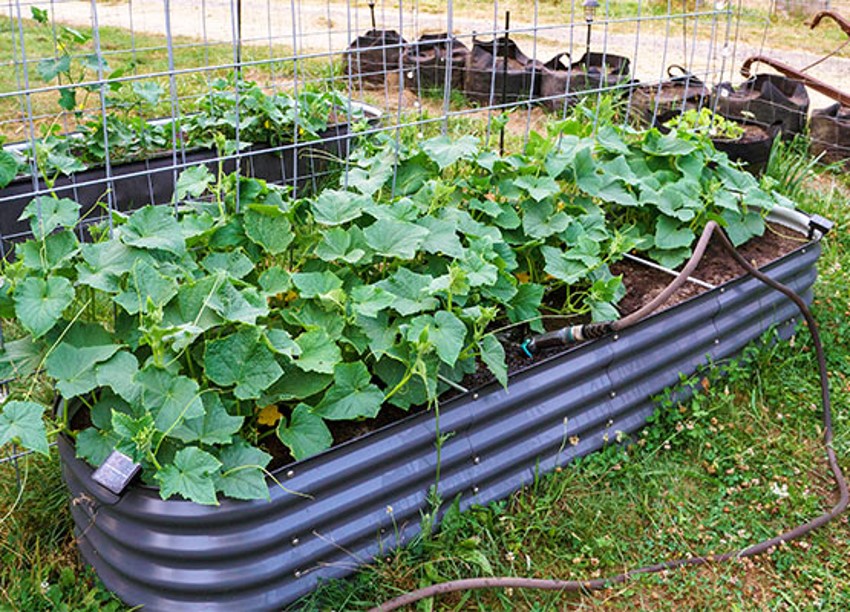Metal vs Wood Raised Garden Beds
2 views
Skip to first unread message
Deanburn Publications
Dec 8, 2023, 2:34:59 PM12/8/23
to No-Dig Gardening
In the world of gardening, the choice between metal and wood for raised garden beds is a topic that sparks passionate discussions among enthusiasts. Each material comes with its own set of advantages and considerations, influencing everything from aesthetics to durability. Join us as we delve into the pros and cons of metal and wood raised garden beds, helping you make an informed decision that aligns with your gardening goals and preferences. Vegega Stainless Steel Garden Beds
Vegega Stainless Steel Garden Beds
 Vegega Stainless Steel Garden Beds
Vegega Stainless Steel Garden BedsAdvantages of Metal over Wood Beds:
- Longevity and Durability:
Metal raised beds, typically made from galvanized steel or other corrosion-resistant materials, offer exceptional durability. They withstand the elements, lasting longer than wood without succumbing to rot or decay.
- Low Maintenance:
- Heat Retention:
- Modern Aesthetics:
- Varied Design Options:
- No Risk of Pest Infestations:
6 Disadvantages of wooden Beds over Stainless Steel:
- Vulnerability to Decay:
- Maintenance Requirements:
- Pest Attraction:
- Limited Design Flexibility:
- Heavy and Bulky:
- Susceptibility to Warping:
Choosing between wood and Stainless Steel garden beds:
Choosing between wood and metal raised beds is a pivotal decision that significantly influences the success and aesthetics of your garden. Understanding the distinct advantages and disadvantages of each material will help guide your decision-making process.
Wooden raised beds offer a classic and natural aesthetic that blends seamlessly with garden environments. However, they come with considerations such as vulnerability to decay and pests, requiring diligent maintenance and potential replacements over time.
If you prioritize a traditional look and are committed to regular upkeep, wood may be the ideal choice. Additionally, wood may be preferable for gardeners seeking a material that is easier to customize and shape, albeit with some limitations on intricate designs.
On the other hand, metal raised beds, often crafted from durable materials like stainless steel or galvanized steel, provide a modern and sleek appearance.
Their longevity and resistance to decay make them a low-maintenance option, ideal for those who want to minimize upkeep efforts. Metal beds also excel in areas prone to pests, as they are not susceptible to termite or carpenter ant infestations.
Consider your climate and local conditions when making your choice. In regions with high moisture levels, metal beds may be preferable for their resistance to rust and decay.
Conversely, wood may be more suitable in drier climates where decay is less of a concern.
Budget and long-term goals should also factor into your decision. While metal beds may have a higher upfront cost, their durability often leads to long-term savings compared to the potential replacement and maintenance costs associated with wooden beds.
Ultimately, the decision between wood and metal raised beds is a personal one, influenced by your aesthetic preferences, maintenance commitment, and the specific needs of your gardening space.
Take time to weigh the pros and cons, consider your local environment, and choose the material that aligns with your vision for a flourishing and resilient garden.
More on Metal vs Wood Raised Garden Beds here...
Reply all
Reply to author
Forward
0 new messages
